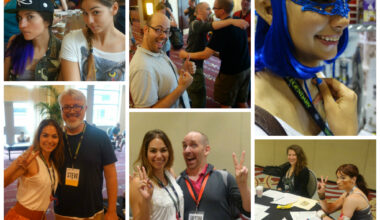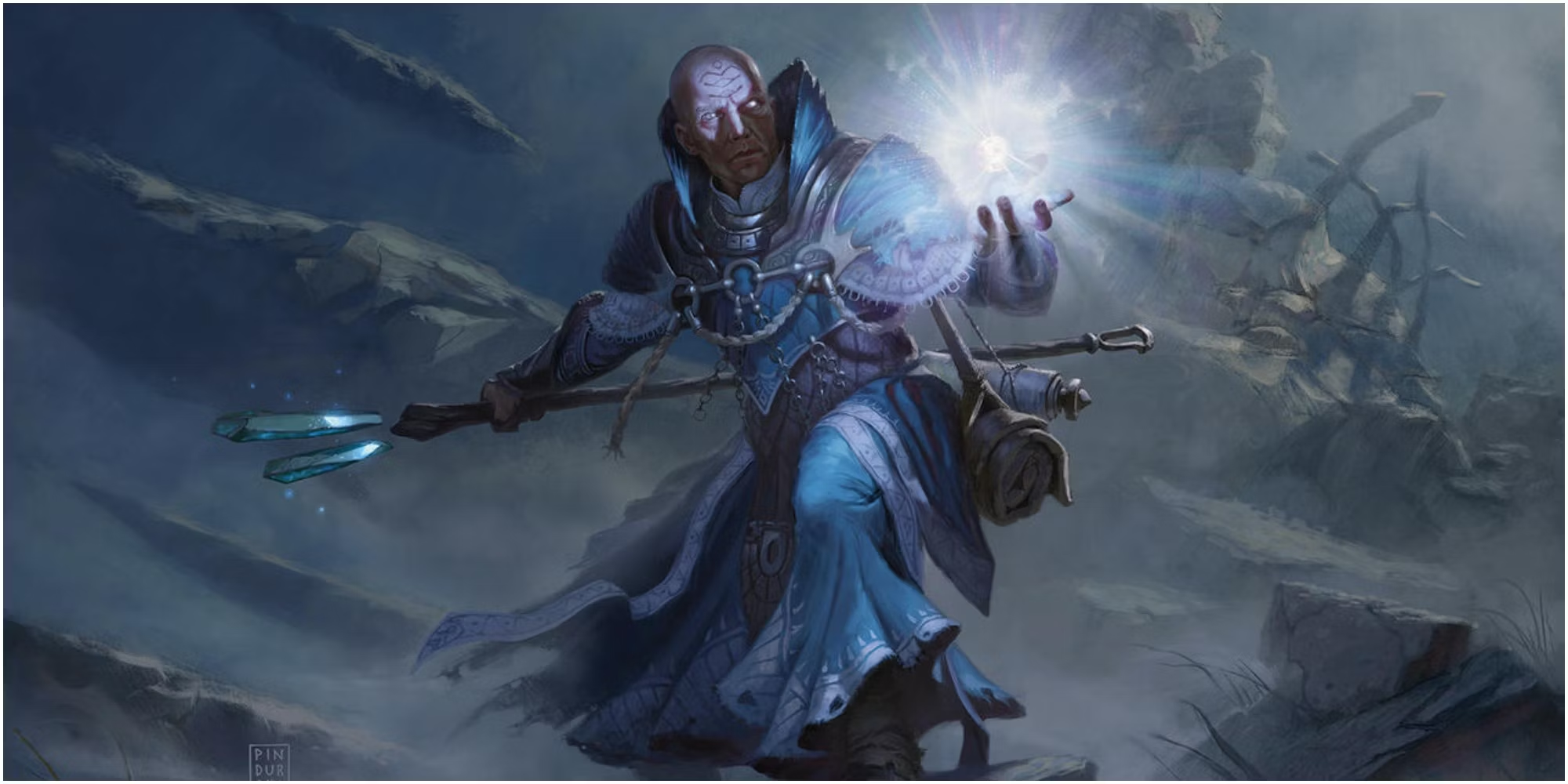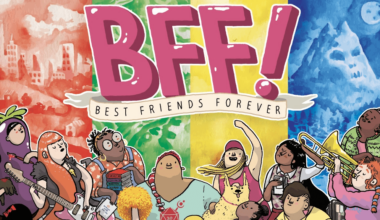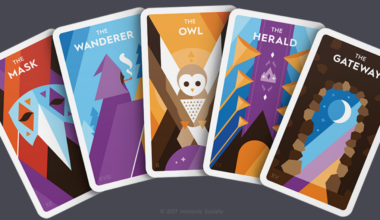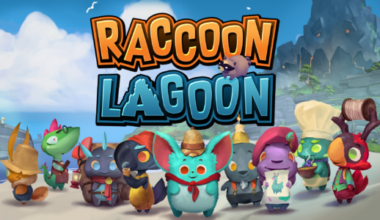Slot games (like that) have become a central part of the online casino experience, captivating millions of players worldwide with their engaging themes, stunning visuals, and exciting gameplay. But what goes on behind the scenes to create these digital masterpieces? In this article, we’ll explore the design process behind slot games, walking through each stage of development, from conceptual ideas to the final product that players enjoy. Along the way, we’ll delve into the creativity, technology, and challenges that make slot game design an art form in itself.
Conceptualization: Where Ideas Come to Life
Every great slot game begins with a powerful idea. This is the stage where the creative team, including game designers, artists, and product managers, brainstorm and come up with a theme for the game. This theme could be inspired by anything—from ancient mythology, popular movies, or TV shows, to animals, fantasy worlds, or futuristic settings.
Example: “Fantasy Kingdoms”
Imagine the theme revolves around a magical world of kingdoms and dragons. The designers visualize a world where knights, castles, and treasure hunts dominate the reels, giving players an immersive experience.
At this stage, designers must also consider the target audience. A younger audience might be drawn to more vibrant, colorful designs, while a more mature audience could prefer sleek, sophisticated aesthetics, often involving themes like luxury or adventure.
Key Questions at this stage include:
- Who is the target audience?
- What kind of experience do we want to provide?
- What are the core elements that will make the game unique?
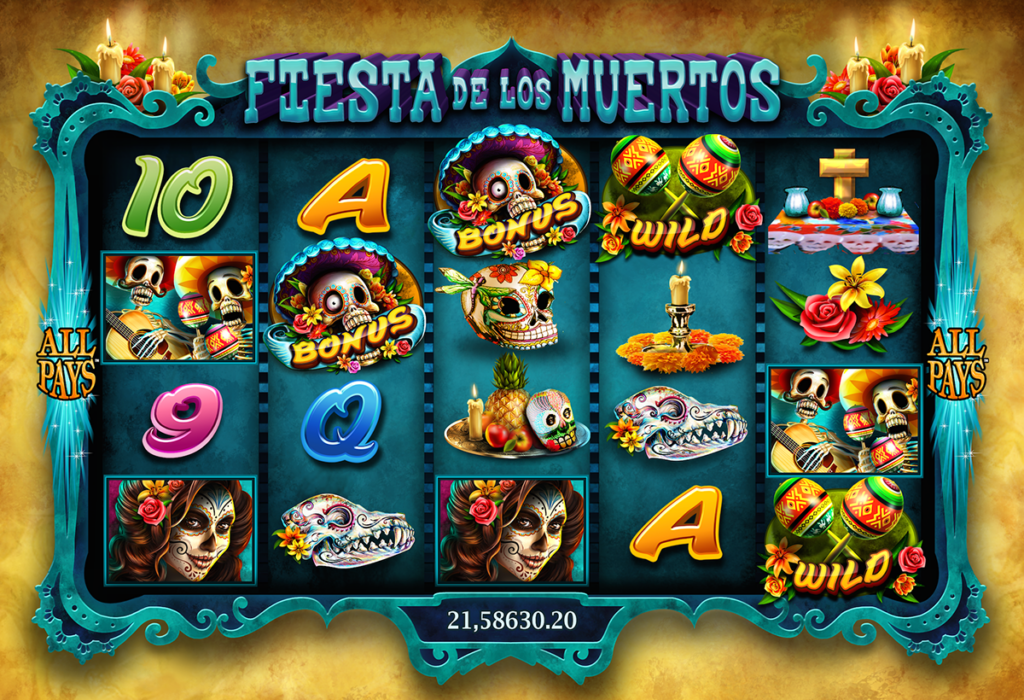
Game Mechanics: Turning Ideas into Gameplay
Once the theme is decided, the next step is to define the game mechanics. Game mechanics refer to the underlying rules and structure that dictate how the slot functions. Designers work closely with developers to plan how many reels the game will have, how paylines will work, and the potential bonus features.
Reels and Paylines: Modern online slots can have three to six reels, with paylines ranging from 10 to over 1,000, depending on the complexity. Paylines can be fixed or adjustable, depending on the game’s design.
Features like:
- Wilds: Symbols that can substitute for others to form winning combinations.
- Scatters: Symbols that trigger special bonus rounds.
- Free Spins: A popular bonus feature that allows players to spin the reels for free.
- Progressive Jackpots: Games with accumulating prize pools that increase with every bet until won.
The game’s mechanics must match its theme. For example, in the “Fantasy Kingdoms” slot, a dragon might be a wild symbol that helps players complete winning combinations, while a castle could represent the scatter that triggers a free spins bonus round.
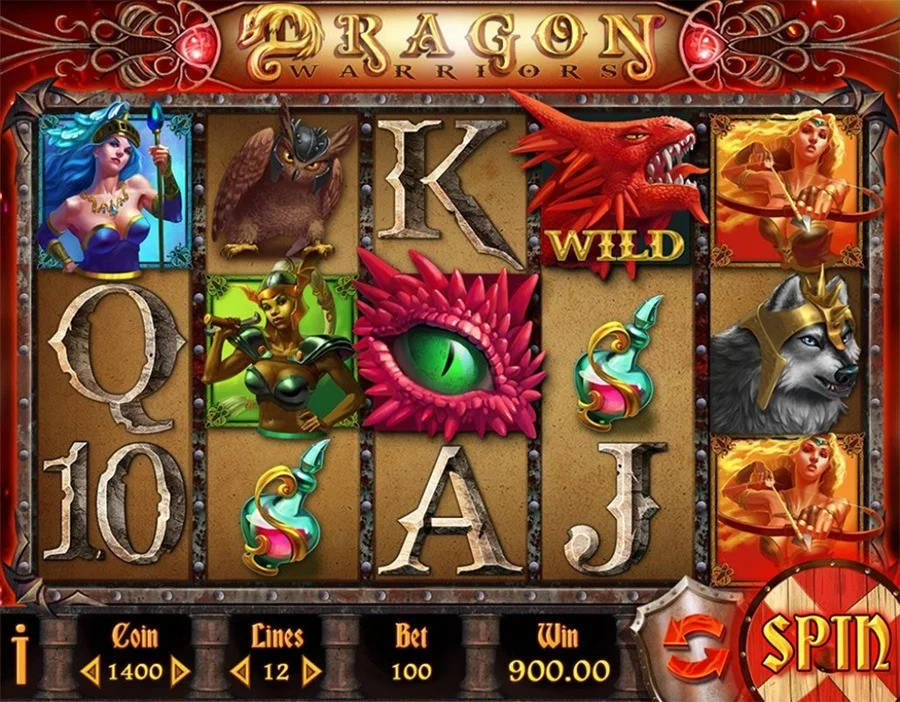
Visual Design: Bringing the Theme to Life
Visual design is arguably the most important aspect of creating an immersive slot game experience. At this stage, graphic designers and artists begin to craft the visual assets, including the symbols, backgrounds, animations, and UI elements.
Symbols: Each symbol on the reels must align with the theme. In “Fantasy Kingdoms”, the symbols might include crowns, knights, dragons, swords, and castles, each carefully designed with intricate details to draw players into the world.
Background and UI: The game’s backdrop plays a key role in setting the atmosphere. For a fantasy-themed slot, a majestic kingdom with towering castles in the background helps immerse the player. The UI (User Interface) design should be sleek and easy to navigate while complementing the theme.
Animations: Animations bring life to the game. Symbols should have smooth, fluid animations when they spin or form winning combinations. For example, if a dragon is part of a winning combination in “Fantasy Kingdoms”, it could breathe fire as part of the animation, enhancing the player’s excitement.
At this stage, artists often collaborate with the developers to ensure that visual effects and animations don’t slow down the game or make it too heavy on system resources, as the game needs to run smoothly across various platforms.
Sound Design: Enhancing the Player’s Experience
No slot game is complete without engaging sound effects and music. Sound designers create a soundtrack that fits the game’s theme while developing audio effects for different actions, such as spinning reels, landing a bonus, or winning a jackpot.
In “Fantasy Kingdoms”, you might hear medieval-style music playing softly in the background while a dragon’s roar echoes when it becomes part of a winning combination. Winning a bonus round might trigger triumphant music to amplify the player’s excitement.
Sound design is crucial for setting the mood and making the game more engaging. However, it’s essential not to overwhelm the player with too many sound effects. Balancing the audio experience with gameplay is key to maintaining player immersion without causing fatigue.
Development: Bringing Design to Life
Once the visual and sound designs are complete, it’s time for the development team to turn these assets into a functioning game. The developers write code to integrate the game mechanics, symbols, animations, and sounds.
During development, RNGs (Random Number Generators) are implemented to ensure that the game produces random outcomes, providing fair and unpredictable results for each spin.
Developers also optimize the game to work across multiple platforms. Most modern slot games are built using HTML5, making them accessible on both desktop and mobile devices. Ensuring that the game performs seamlessly, regardless of device, is a key priority.
Testing: Ensuring Everything Runs Smoothly
Before a slot game goes live, it undergoes rigorous testing to ensure it functions as expected. Quality assurance (QA) teams test the game on various devices and operating systems to check for bugs, glitches, or any issues with performance.
They also test the RTP (Return to Player) percentage, making sure the game provides fair returns to players over time. Any issues discovered during testing are fixed before the game is launched.
Launch and Marketing: Getting the Game to Players
Once the game passes testing, it’s ready to be launched. The marketing team creates strategies to promote the game across different platforms, often using teasers, social media campaigns, and partnerships with online casinos.
To create excitement, casinos may offer special bonuses or free spins on new games, encouraging players to try them out. Games with engaging themes and unique mechanics often attract the most attention, particularly if they offer innovative features.
Conclusion: The Art and Science of Slot Game Design
Designing a slot game is a fascinating blend of creativity and technical skill. From the initial concept to the final product, each stage requires careful planning, collaboration, and innovation. The result is a game that not only looks and sounds great but also provides an engaging experience for players, keeping them entertained while they spin the reels.

